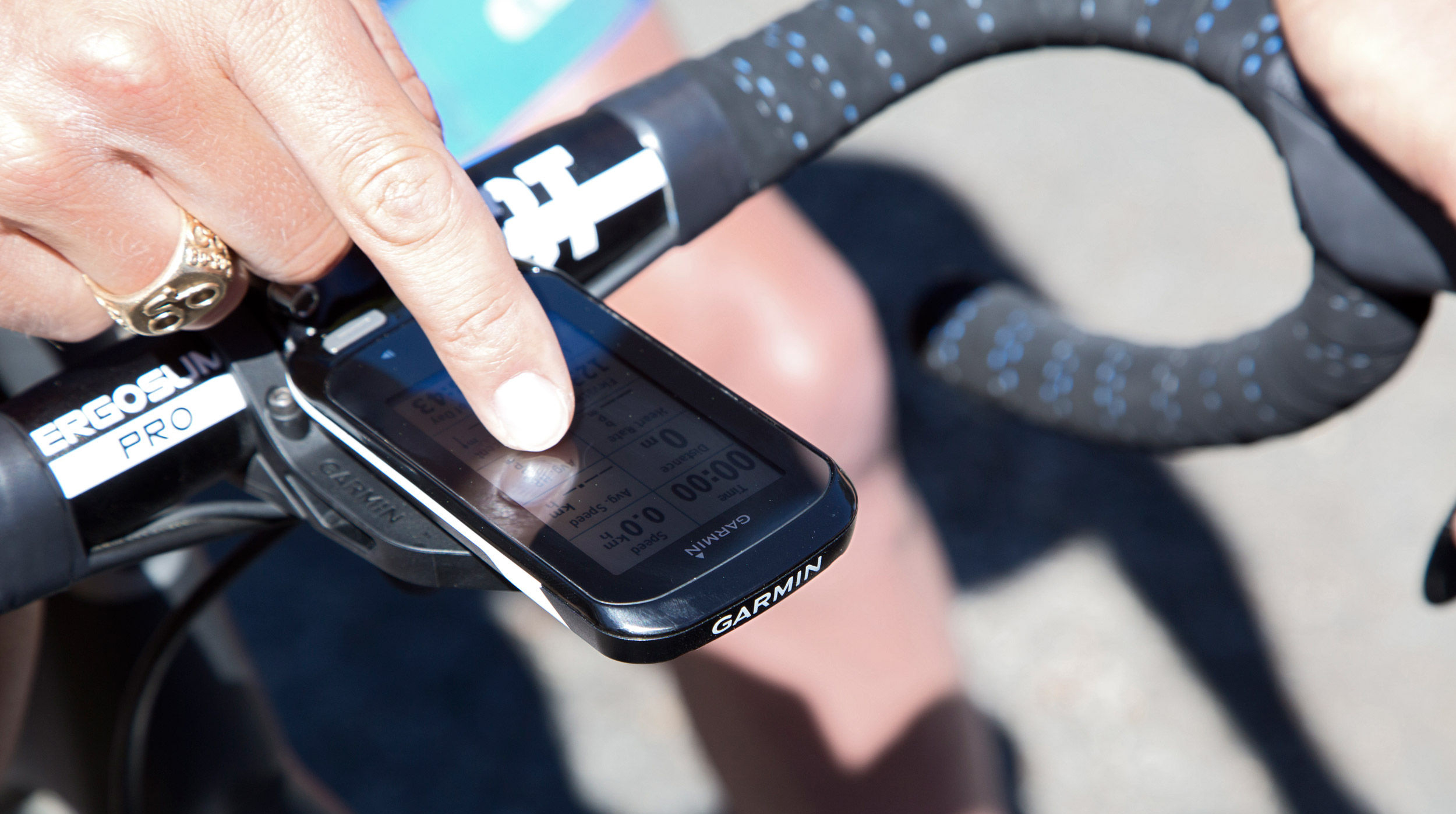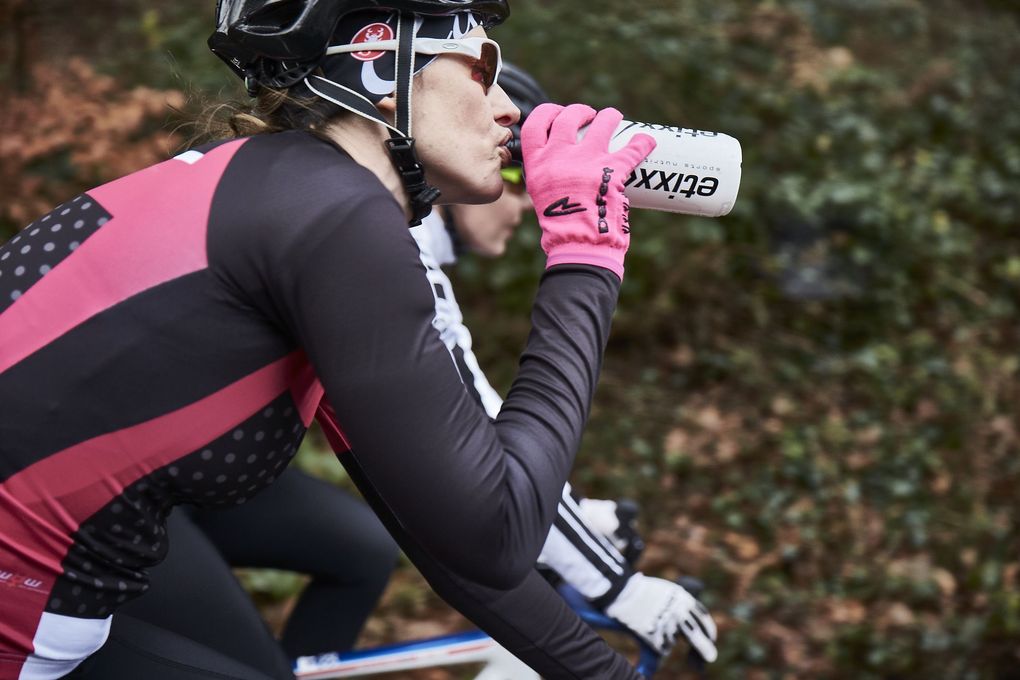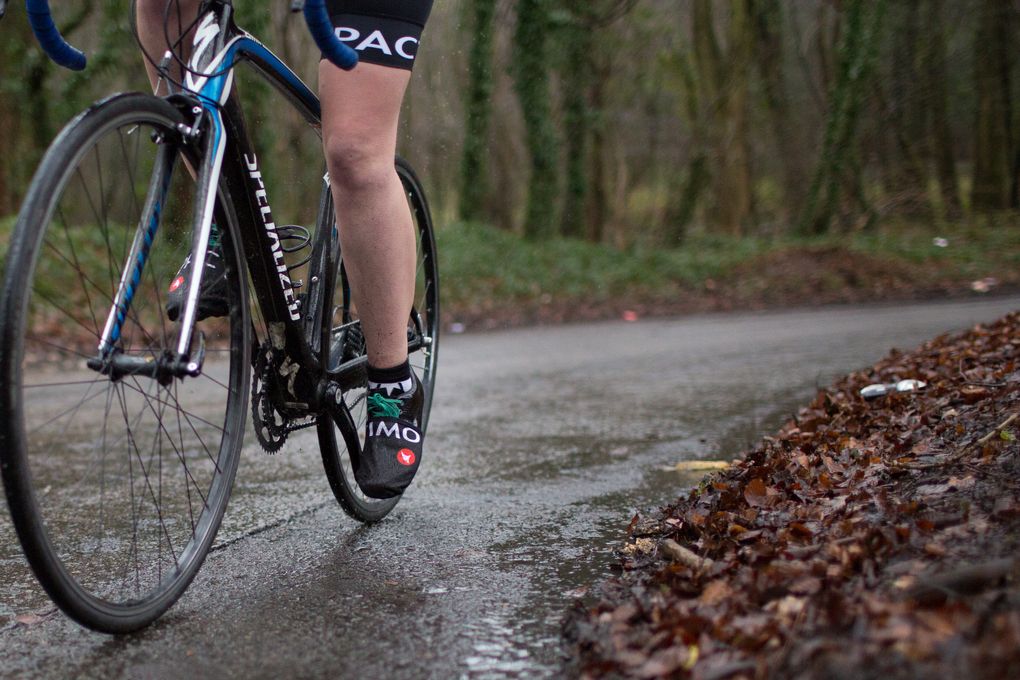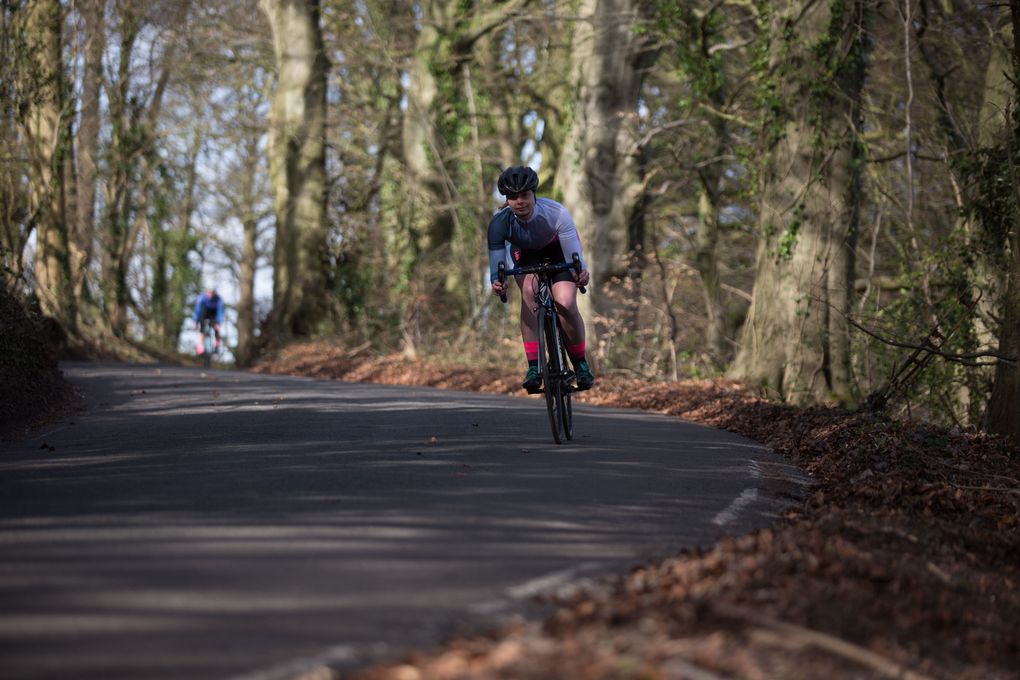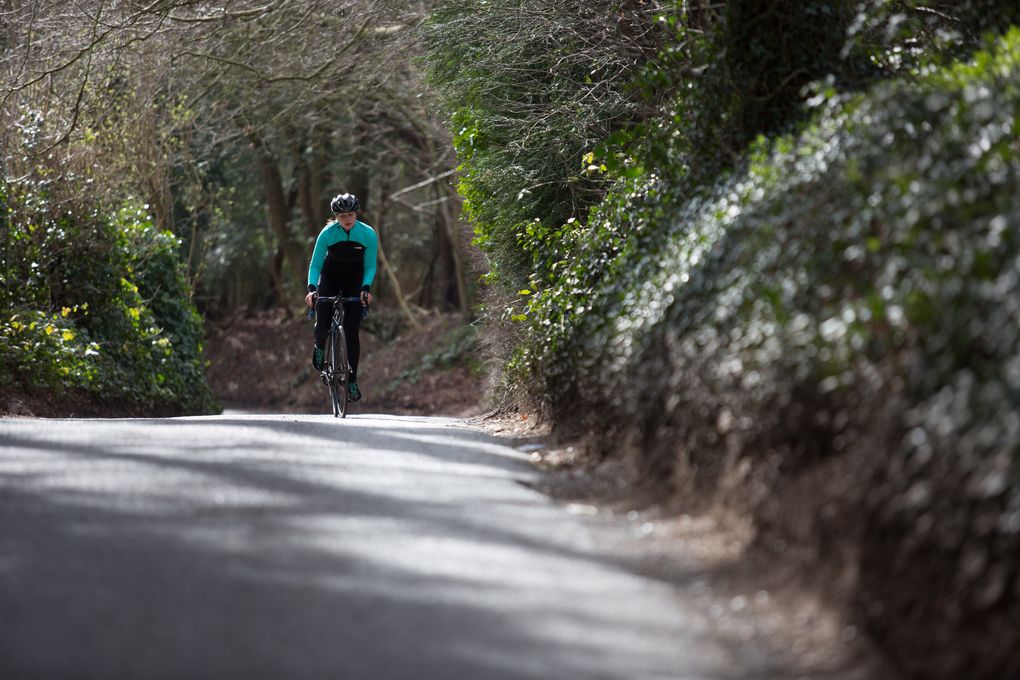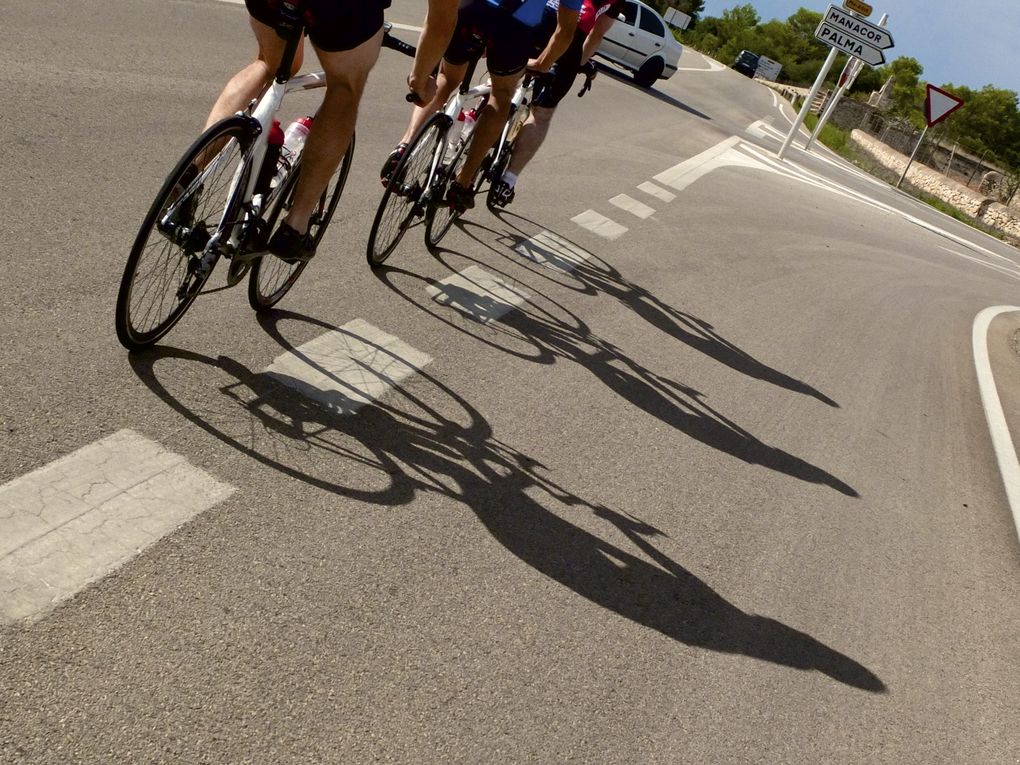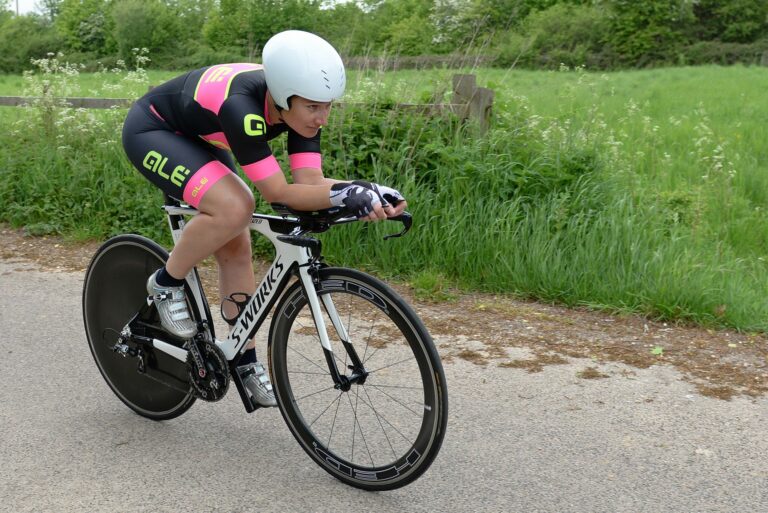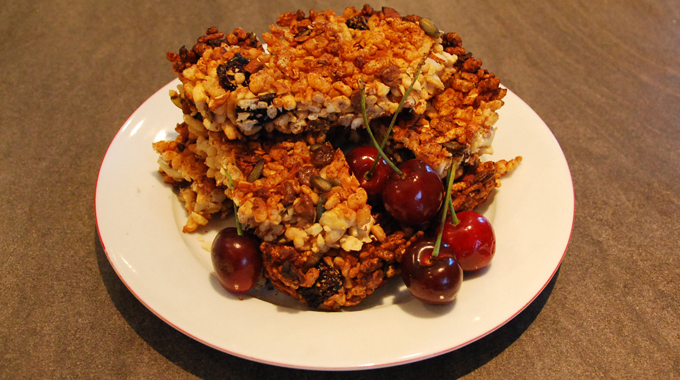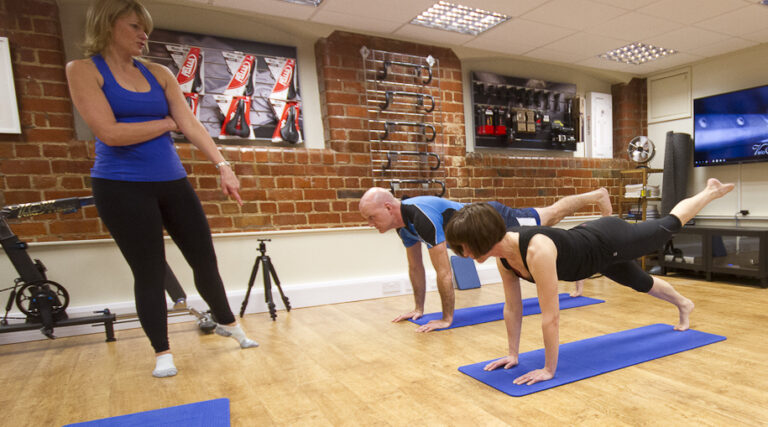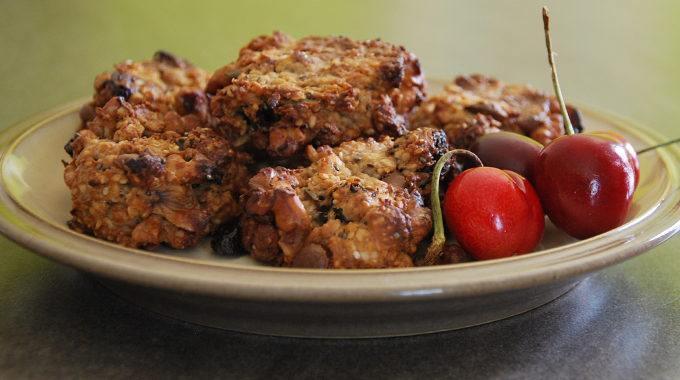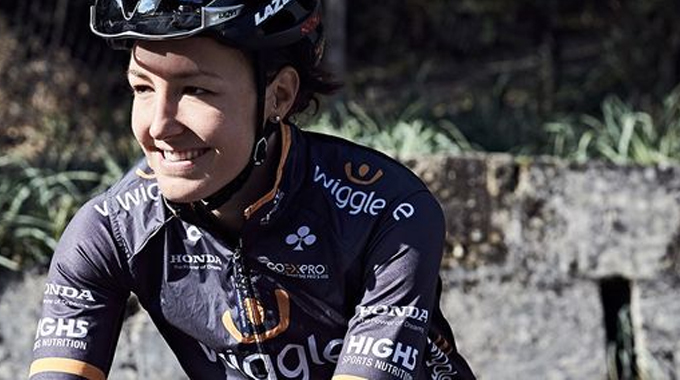With the summer sun starting to shine and sportives and cycling events appearing in our calendars, many riders are starting to look for ways to up their speed on the bike.
The obvious way to get faster, for most of us, is to follow the advice of cycling great Eddy Merckx “Ride as much or as little or as long or as short as you feel, but ride” – ideally erring on the side of ‘as much’ and ‘as long’.
Once you’ve reached a stage where just riding isn’t enough, you might start adding in intervals to up your power and speed, or gym work to give each pedal stroke a stronger base. As well as focusing on improving strength, you might also think about watching what you eat, to give you that edge on the power to weight scale.
Riding more, working on intervals and strength, and losing weight are all components of fitness. They work, though generally not when practiced all at once. However, there are a few other little ways you can make gains…

